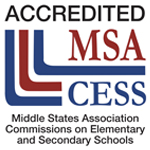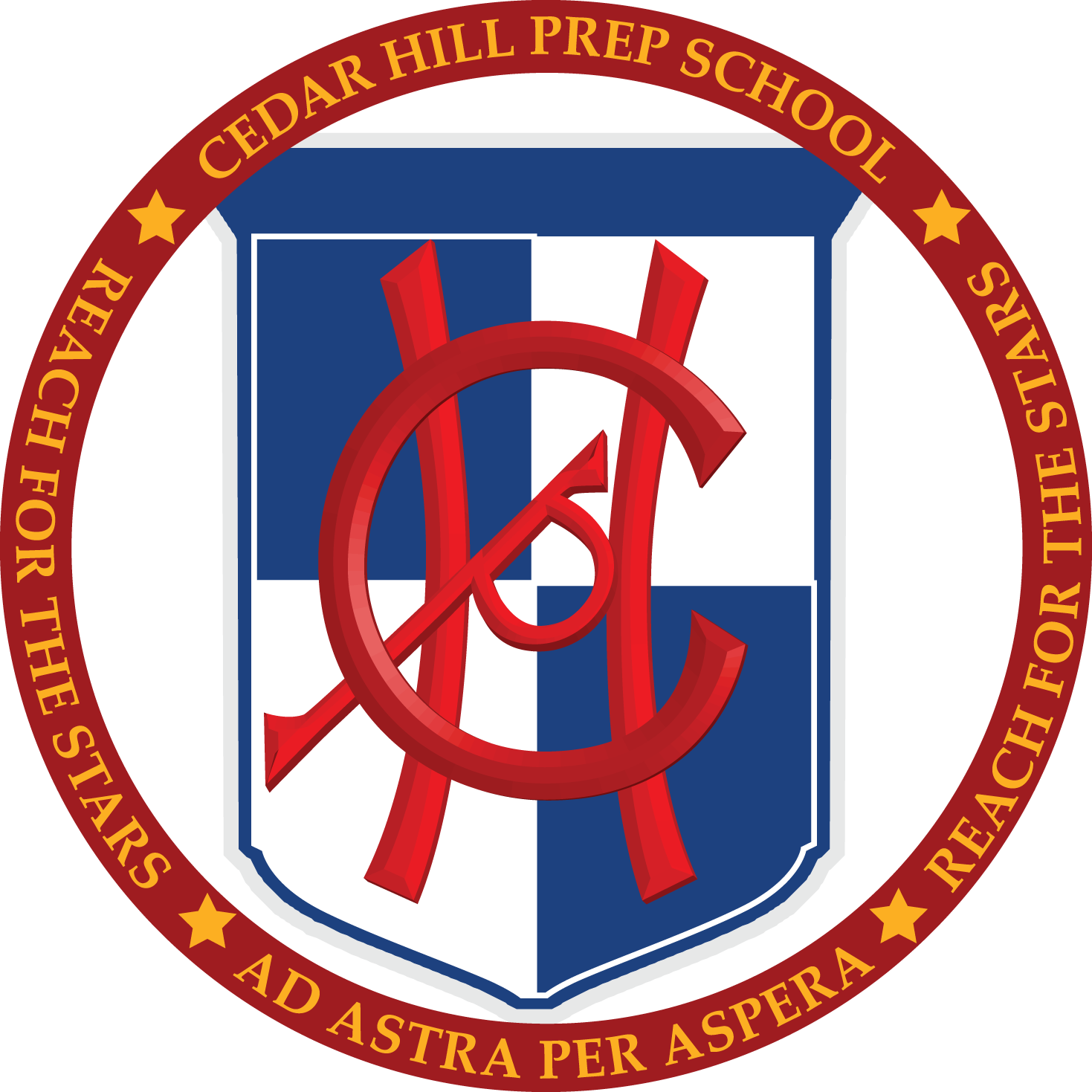
You know the old saying “you are what you eat”; it couldn’t be any more true than with students whose bodies are growing as quickly as their minds are expanding. One of the many benefits enjoyed by a private institution is the freedom to select a lunch program that makes sense for its student body.
Free To Choose
Since private schools are not bound by such things as a school district selection based on which company gave the district a “low bid” for food preparation, or federal lunch guidelines that may or may not make sense for students, we are at liberty to select a lunch provider that will work best with our students’ and their parents’ lifestyles.
Recent news stories related to the Hunger-Free Kids Act and the horror stories documented on twitter (#thanksmichelleobama) have brought to light public school cafeteria quality as a national crisis. Because public schools are required to run free or reduced priced lunch programs for students in need, they are also required to comply with federal regulations in order to provide these programs.
Such regulations require five food groups to be offered to students (protein, fruit, vegetables, grains, and milk), and at least three of these food groups to wind up on the individual student’s lunch tray. While this is a noble effort, the requirement may produce more harm than good.
Failed Implementation Of The Hunger-Free Kids Act
Checking each tray, a requirement of the school, is tedious and results in delays in the lunch-line more often than not. Considering how packed the school day is, spending more time on the lunch-line than enjoying lunch and recharging their batteries hurts kids’ ability to learn and perform in school.
Checking each student’s lunch is not limited to the food sold at the school. Numerous stories have come out on children’s lunches being taken from them because they don’t meet federal guidlines. Instead they were forced to buy a school lunch (or sent home with an invoice for their parents) which, when looked at objectively, was less nutrious than the packed lunch.
To compound matters, the USDA gives about $3.12 to the school for every low-income free lunch provided. Approximately 45% of that money is dedicated to utilities in the lunchroom, while 10% goes to overhead such as equipment repair/maintenance, pest control, etc.
This means that only $1.40 per child is allotted for actual food costs; when was the last time you purchased a quality lunch for such a price? Don’t your children deserve better?
Cedar Hill’s Lunch Program
Without the necessity to comply with such federal regulations, private schools are able to offer their students a variety of high quality foods prepared fresh every day from a caterer selected because of their culinary values rather than their ability to provide accessible meals on the cheap.
Dell Appétit Catering is Cedar Hill’s delicious lunch provider. This company is focused on preparing fresh made-like-home meals which take into account dietary needs as diverse as our student body. Wholesome ingredients prepared with care make meals that matter (and taste divine!).
The best news is the ease and convenience that Dell Appétit Catering provides to school lunches. Since this company has paired with myfooddays.com, students and parents can pre-select, order, and pay for meals online.
Up to a month in advance of a scheduled menu, you and your child can discuss healthy eating choices and make it your business together to ensure that their lunch is exactly what they want. Lunchtime is important; and we understand that nourishing the body is the first step towards nourishing the mind.





